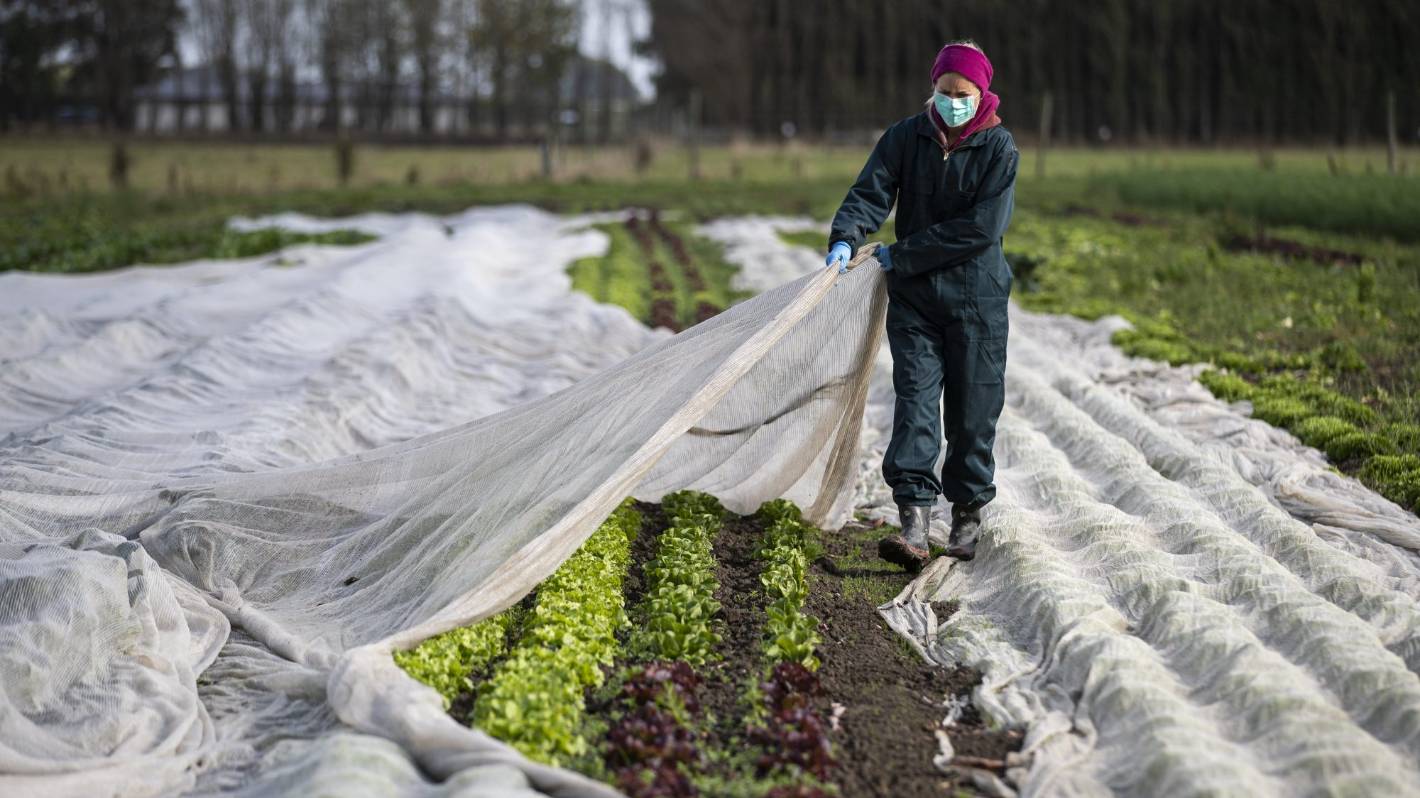New Zealand produces more than enough vegetables to meet the five-plus-a-day recommended nutritional guidelines, but New Zealanders still don’t eat enough vegetables, a new study finds.
Indeed, most of the vegetables produced are the least desirable from a nutritional perspective and some of the most desirable vegetables are produced the least, found the study in the journal Earth.
Overall, New Zealand grows the equivalent of 11.7 servings of vegetables per person per day. The recommended intake is at least five servings of vegetables per person per day, plus at least two servings of fruit per day.
Production of potatoes, onions, carrots and squash made up 7.7 servings. While these are necessary and good vegetables for the average adult diet, potato production made up 4.5 servings per day (more than half) and 2.7 servings of them were processed into fries. From a nutritional perspective, processed and fried potatoes are the least desirable.
READ MORE:
* Coronavirus: Virus-linked hunger tied to 10,000 child deaths each month
* The world’s ‘tragically high’ food waste problem is worse than previously thought
* Fixing faults in those food health stars doesn’t address a black hole of a problem
* Life before birth: only 3 per cent of women eat the right diet while pregnant, research shows
* Do you know how to judge portion sizes?
* Making the common vege less ordinary
“If potatoes, onions, carrots, and squash are excluded, the production of remaining vegetable types would only provide the equivalent of 2.9 servings per day per person,” wrote Dr Fiona Curran-Cournane, of the Ministry for the Environment, and Dr Elaine Rush, of the Faculty of Health and Environmental Sciences at Auckland University of Technology.
They asked, in effect, if NZ is self-sufficient in vegetables, and the answer was, “Yes, but…”.
They used a model from the Food and Agriculture Organisation of the United Nations to break vegetable production into five “diversity” groups:
Domestic production was “wholly short” for two groups – legumes and dark-green-leafy vegetables.
While the country grows legumes such as beans and peas, it is short on chickpeas and lentils, Rush said in an interview. A previous study she led showed imported chickpeas and lentils levels were not strong enough to meet dietary recommendations.
Dark-green leafy vegetables tend to spoil quickly but are rich in folate and phytochemicals that are “particularly protective and helpful for our immune system”, she said.
“If one serving of vegetables from each of the five vegetable dietary diversity groups were to be available for each NZ person each day, then the area used for legumes and dark-green-leafy vegetables would need to be increased by 76 per cent and 3811 per cent respectively,” the authors wrote.
Analysing vegetable production resulted in somewhat different findings from surveys of vegetable consumption.
It’s known that 46 per cent of adults reported that they eat two or less vegetable servings a day. Overall, men reported consuming fewer vegetables than women. Those living in higher deprivation areas also eat fewer vegetables.
About one in five children are living in food-insecure households, which are more likely not to meet vegetable consumption guidelines.
The study did not analyse fruit production. Depending on which Ministry of Health webpage is visited, the recommendation is “at least five servings of vegetables and two servings of fruit every day”, or “plenty of vegetables and fruit” every day.
“Vegetables are an ultimate whole food. An environmentally sustainable supply of diverse vegetables for domestic use needs to be strategically and actively protected.”
© 2021 Stuff Limited
NZ grows more than enough vegetables but doesn't eat enough of them – Stuff.co.nz




